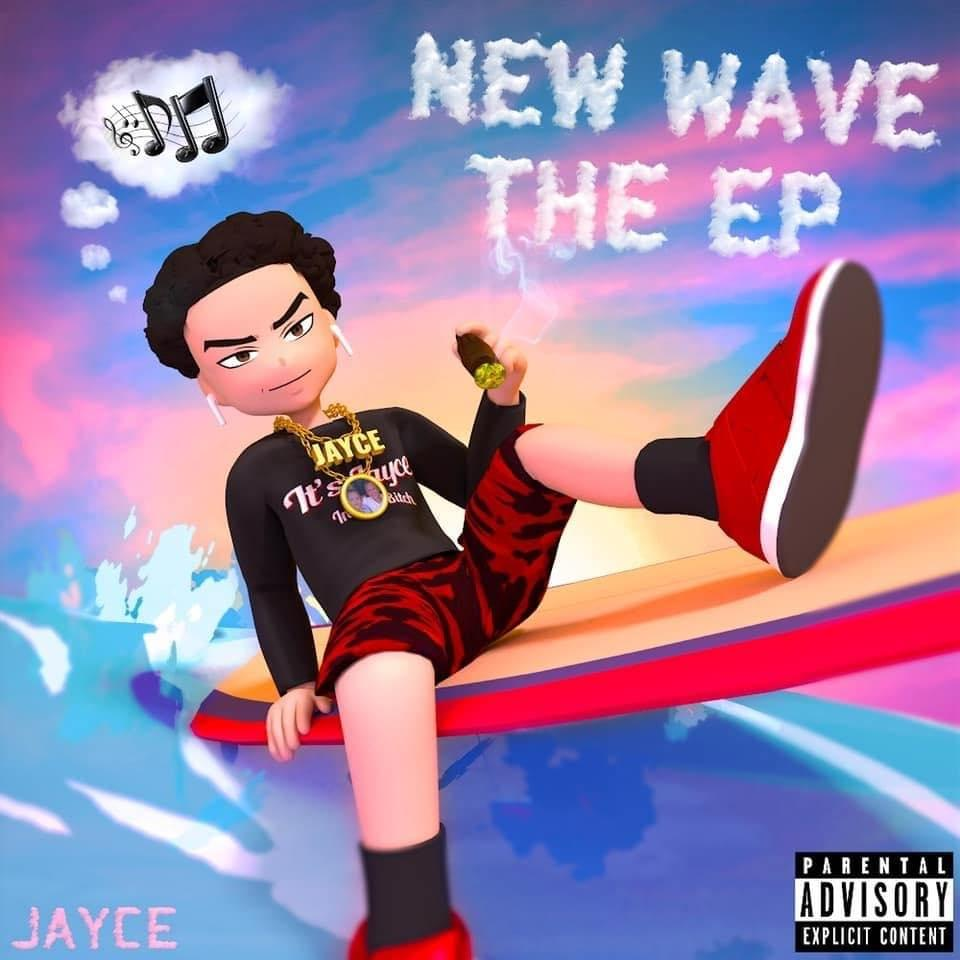
World’s Fair Interview 1965 The Malibooz
На этой странице вы найдете полный текст песни "World’s Fair Interview 1965" от The Malibooz. Lyrxo предлагает вам самый полный и точный текст этой композиции без лишних отвлекающих факторов. Узнайте все куплеты и припев, чтобы лучше понять любимую песню и насладиться ею в полной мере. Идеально для фанатов и всех, кто ценит качественную музыку.

Well, hey hey hey, here you are at RCA Color Central, New York World's Fair, a go-go we're going to call it. Colin Murphy here, your host at RCA. And these boys come on just about as good musically as anything I've heard. They're called The Malibooz, and I'm not going to ask them why. But they're from Loyola School, and John Zambetti, you seem to be spokesman for the group
Yes, sir
Why don't you slip right into that microphone right there? I'm going to ask you a couple of things, because on the application to appear here at RCA Color Central, you mentioned you do all kinds of rock 'n' roll music, including, well from surfing sound to English sound. Now to a lot of, well, I might as well admit it, what is the difference?
Well, actually, like the number we just played, "Miserlou," that's known as the surfing sound. Now in the surfing sound what they do is they have, they add a lot of reverb, which sounds like this
Okay
Opposed to the English sound which doesn't have much reverb and would sound like this otherwise. Now also in the surfing sound they usually play what's known as two finger chords, where they just use the bottom two strings here, the A and the E string, and they make like chords like this here. Whereas English sounds uses the full chords like this. Now also, most surfing songs have what's known as the cut out part where there's no singing when it's a vocal, and the guitar, lead guitar, plays the cut out, which would sound something like this with the reverb on. And that's the main difference Mr. Murphy, between surfing and English sound
Oh my gosh, now I know a little bit more than I did. In fact, I know quite a bit more than I did. Musically it's obvious that you boys do know a little bit of music and care about it because you do sound very good
Thank you
And actually you've written a number or two and you're going to do one for us now
Yes, yes we're going to do one called "Going to Malibu," which I wrote the music to
Very good, okay. John Zambetti, will you introduce the boys before you go into that number?
Right. Over here on my left is Walter Egan, rhythm guitar, and he writes some of the numbers and he also sings a lot of the vocals. Over here we have Dennis "Ace" Lopez we call him 'cause he's so great. And he plays bass guitar, and he sings background on a number of songs. Over here we have Tom Scarp, who's our "golfer" drummer. If you watch him play you'll know why. He sort of putts around there. And that's about it, Mr. Murphy
Okay, well here we go with RCA a go-go, The Malibooz from Loyola School, Manhattan. And have a good time
Yes, sir
Why don't you slip right into that microphone right there? I'm going to ask you a couple of things, because on the application to appear here at RCA Color Central, you mentioned you do all kinds of rock 'n' roll music, including, well from surfing sound to English sound. Now to a lot of, well, I might as well admit it, what is the difference?
Well, actually, like the number we just played, "Miserlou," that's known as the surfing sound. Now in the surfing sound what they do is they have, they add a lot of reverb, which sounds like this
Okay
Opposed to the English sound which doesn't have much reverb and would sound like this otherwise. Now also in the surfing sound they usually play what's known as two finger chords, where they just use the bottom two strings here, the A and the E string, and they make like chords like this here. Whereas English sounds uses the full chords like this. Now also, most surfing songs have what's known as the cut out part where there's no singing when it's a vocal, and the guitar, lead guitar, plays the cut out, which would sound something like this with the reverb on. And that's the main difference Mr. Murphy, between surfing and English sound
Oh my gosh, now I know a little bit more than I did. In fact, I know quite a bit more than I did. Musically it's obvious that you boys do know a little bit of music and care about it because you do sound very good
Thank you
And actually you've written a number or two and you're going to do one for us now
Yes, yes we're going to do one called "Going to Malibu," which I wrote the music to
Very good, okay. John Zambetti, will you introduce the boys before you go into that number?
Right. Over here on my left is Walter Egan, rhythm guitar, and he writes some of the numbers and he also sings a lot of the vocals. Over here we have Dennis "Ace" Lopez we call him 'cause he's so great. And he plays bass guitar, and he sings background on a number of songs. Over here we have Tom Scarp, who's our "golfer" drummer. If you watch him play you'll know why. He sort of putts around there. And that's about it, Mr. Murphy
Okay, well here we go with RCA a go-go, The Malibooz from Loyola School, Manhattan. And have a good time
Комментарии (0)
Минимальная длина комментария — 50 символов.












